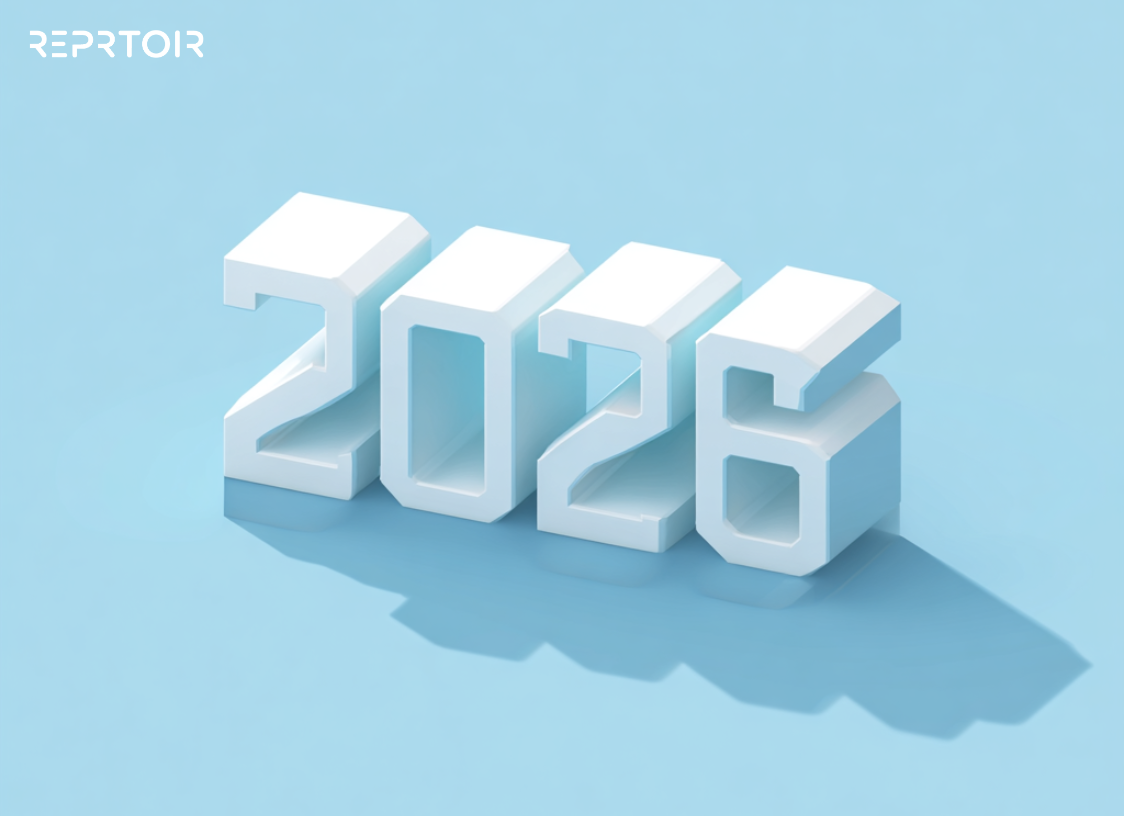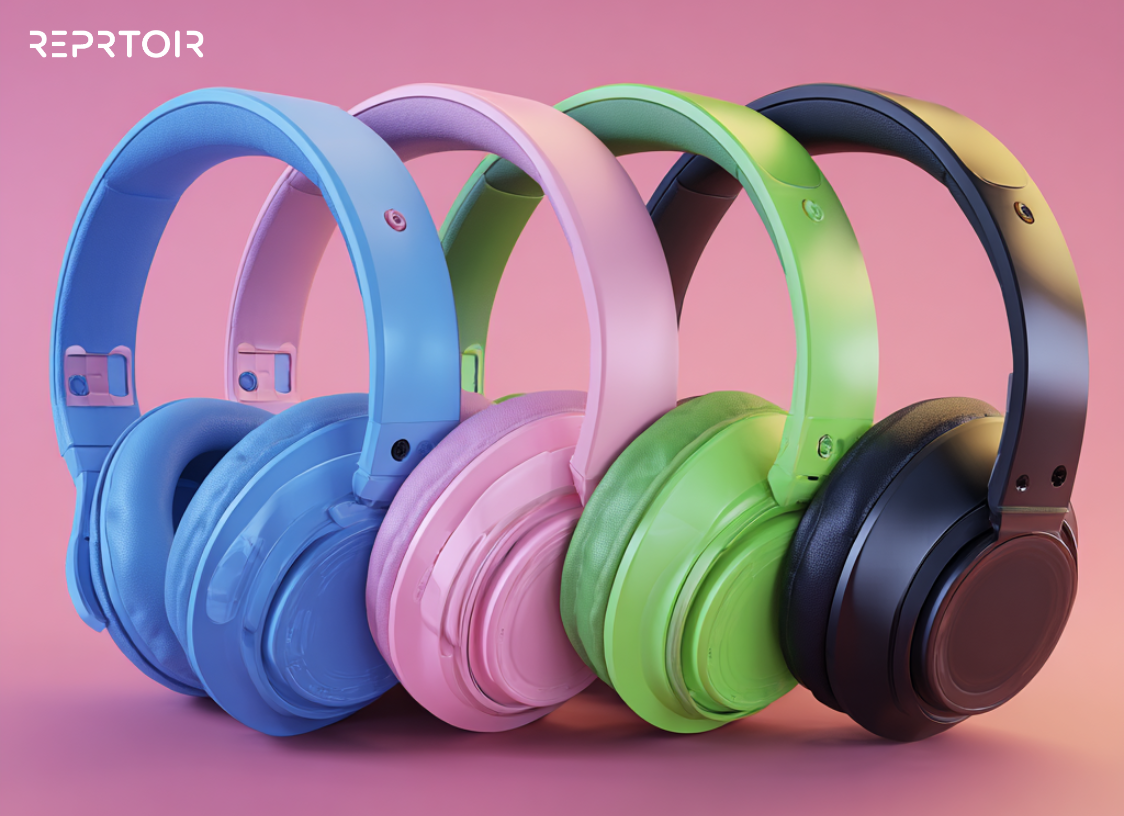We all have a favorite song, right? The effect of the artistry in most songs drives emotions and evokes reactions in a way basic science cannot explain. And as such, music has been an integral part of advertising for the longest time, and it's no surprise that advertisers are increasingly turning to it to grow engagement with their campaigns.
Music in advertising helps draw attention to a product or service, evoke emotion, and set the tone for a commercial or advertisement. From streaming services to social media platforms, music for ads is becoming more and more prevalent.
In this blog post, we'll discuss the basics of music in advertising, the challenges, and how you can best use it to make your campaigns more effective.
The Basics of Music in Advertising
Music and advertising have a long history of working together to create powerful marketing campaigns. Conventionally, the basics of music ads begin with sync. Music sync (or synchro) is the practice of matching recorded music with visuals in advertising, film, television, and other forms of media.
Syncing is an essential part of today's advertising landscape, allowing advertisers to make use of existing songs or create custom soundtracks to enhance the message of their campaigns. The result is a powerful musical tool that connects with audiences and creates experiences that can lead to sales.
However, the process is not always as simple as it sounds; expertise is involved. Music management companies or publishers play an important role in the current state of music in advertising. These companies specialize in helping brands navigate the complex process of obtaining licenses for music usage and negotiating deals with songwriters and artists. They provide access to a large catalog of music that can be used in advertisements and other promotional materials. Additionally, they offer valuable insight into the latest trends in music so that brands can stay ahead of the competition.
The Challenges of Using Music in Advertising Today
Music is an incredibly powerful tool for businesses, but it also poses some unique challenges when it comes to using it in advertising.
Creative oversight:
Music can be a great asset when used correctly, but it can also hurt a campaign if it's not properly managed and monitored. It needs to match the tone and message of a campaign, which takes skill and knowledge to find the perfect song. A good ad agency will be able to help you choose the right songs and put together an effective strategy for marketing your campaigns. This requires research, strategizing, and creativity, but the end result can be well worth the effort. However, if you'd prefer to use your own marketing team instead, you need to coin creativity just right to achieve the desired result.
Copyright laws:
There are rights and royalties involved when using pre-recorded music, so it's important to know the ins and outs of licensing. Not knowing what kind of license you need or how to negotiate with labels can be a costly mistake that leads to missed opportunities or legal trouble. Copyrighted music has to be cleared for commercial use, meaning the original copyright holder must agree and permit it. But with a music management team, it's easy to negotiate rights and licensing fees with artists and labels and ensure that the music used in your ad campaign complies with copyright law.
Not complying with the necessary laws before using music creatives could lead to serious legal issues. A good example is Epidemic Sound's lawsuit against Meta for copyright infringement on the use of their royalty-free music library. Though the case is yet to be settled, it goes to show just how serious copyright laws can get.
Budgeting:
Music can be expensive, and when used improperly, it can end up costing more than expected. Moreover, not accounting for the cost of potential legal proceedings can result in an even bigger financial hit. It's important to plan ahead and know exactly what kind of budget is needed to produce the desired results.
Shifting digital ads landscape:
As more users move away from traditional TV, radio, and print advertisements, the challenge for advertisers is adapting to the new models being used. Social media, video platforms, podcasts, and streaming services have all become channels for advertising. With the rise of ad-supported social media platforms such as TikTok, the opportunities for connecting brands with music are changing, too.
The streaming attribution problem:
Advertising and marketing campaigns have been around for decades, yet the rise of streaming and digital media has made the attribution problem—the ability to accurately identify the effectiveness of a campaign and its individual elements—ever more complex.
To measure success, marketers and ad buyers must be able to track and measure customer interaction with campaigns across multiple channels. Some streaming platforms may not always provide accurate interactive or sales-generating ad-clicking data. Spotify solves a part of this challenge through its Ad Studio, displaying insightful ad metrics.
Best Practices for Music Use in Digital Advertising
To ensure success when using music in digital advertising, these are some of the best practices to follow:
1. Find the right music for your brand:
The music you select should be in line with your brand's identity. For example, if you are targeting a younger demographic, then an upbeat pop track may be more appropriate than a slow, acoustic number. Additionally, ensure that the track's audio quality is of a high standard. Poorly recorded audio will have a negative impact on the overall experience, as well as potentially damage the brand's reputation.
2. Make sure you have all the rights:
It is important to ensure that you have all the necessary rights and permissions before using music in your digital advertising. This includes having the rights to the track itself as well as any third-party samples or visuals used in the advertisement. However, on platforms such as TikTok, there's less risk of copyright infringement when working on non-campaign brand visuals.
3. Audience targeting:
Your audience should be taken into consideration when selecting music for your digital advertising. You need to consider their age range, tastes, and preferences when selecting the right track for your advertisement. Once you have created a larger brand fan base, you can focus on audience re-engagement since it has proven to be 5x cheaper.
Partner With Reprtoir Now
In short, while music can be an effective tool for marketing campaigns, advertisers must be aware of the various challenges associated with its use in order to make sure they are able to maximize its potential. Similarly, artists need to be familiar with the whole process for a successful campaign that benefits both parties.
The good news is, Reprtoir comes bearing gifts for publishers and artists alike. With our revolutionary Music Sharing, you can create secure custom playlists to pitch songs to the right people. Not only does this make the job easier for reps, but it also allows them to promote specific tracks with more precision than ever before.
Get Music Sharing today and other solutions such as Royalty Accounting for smoother navigation in the music advertising space.











